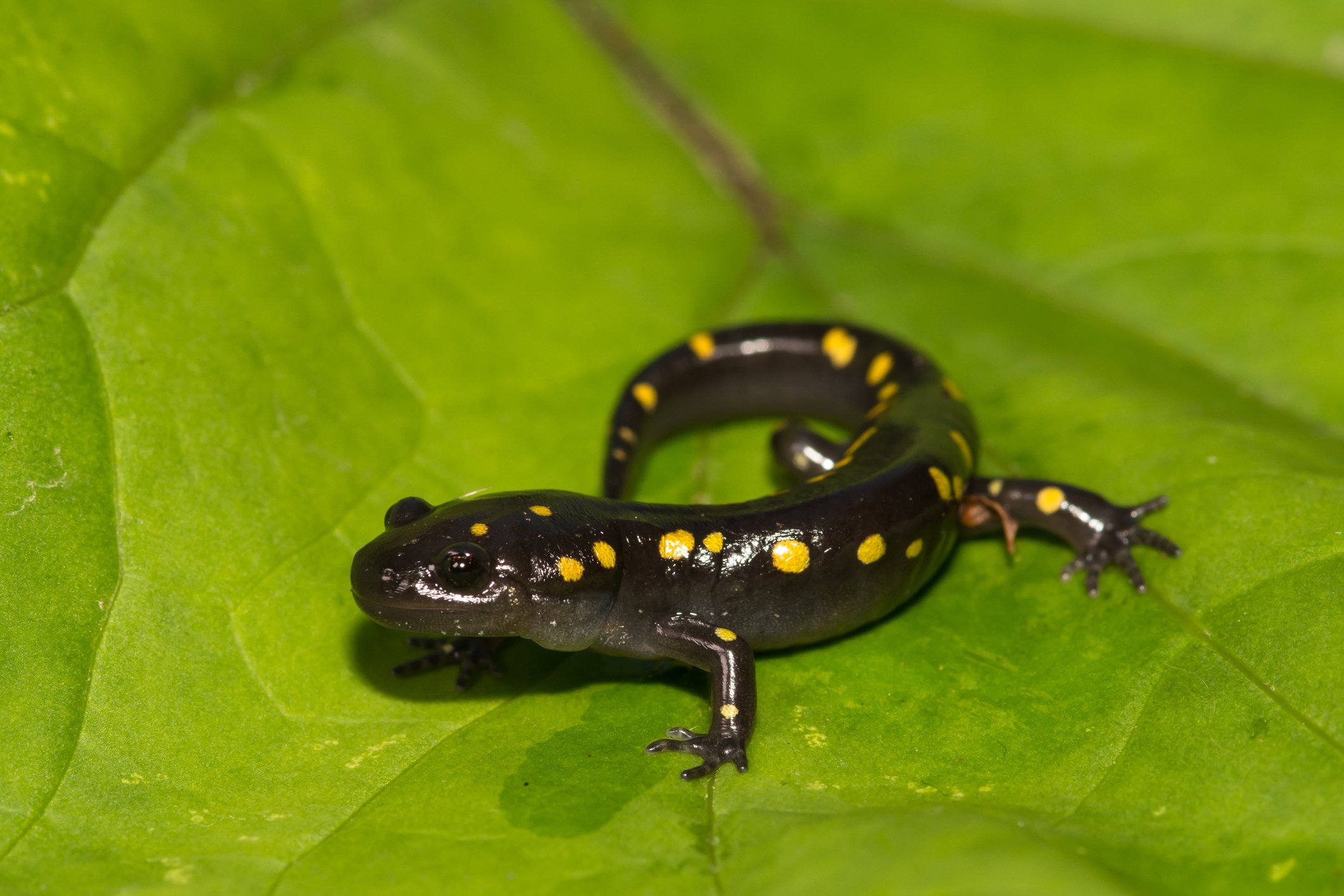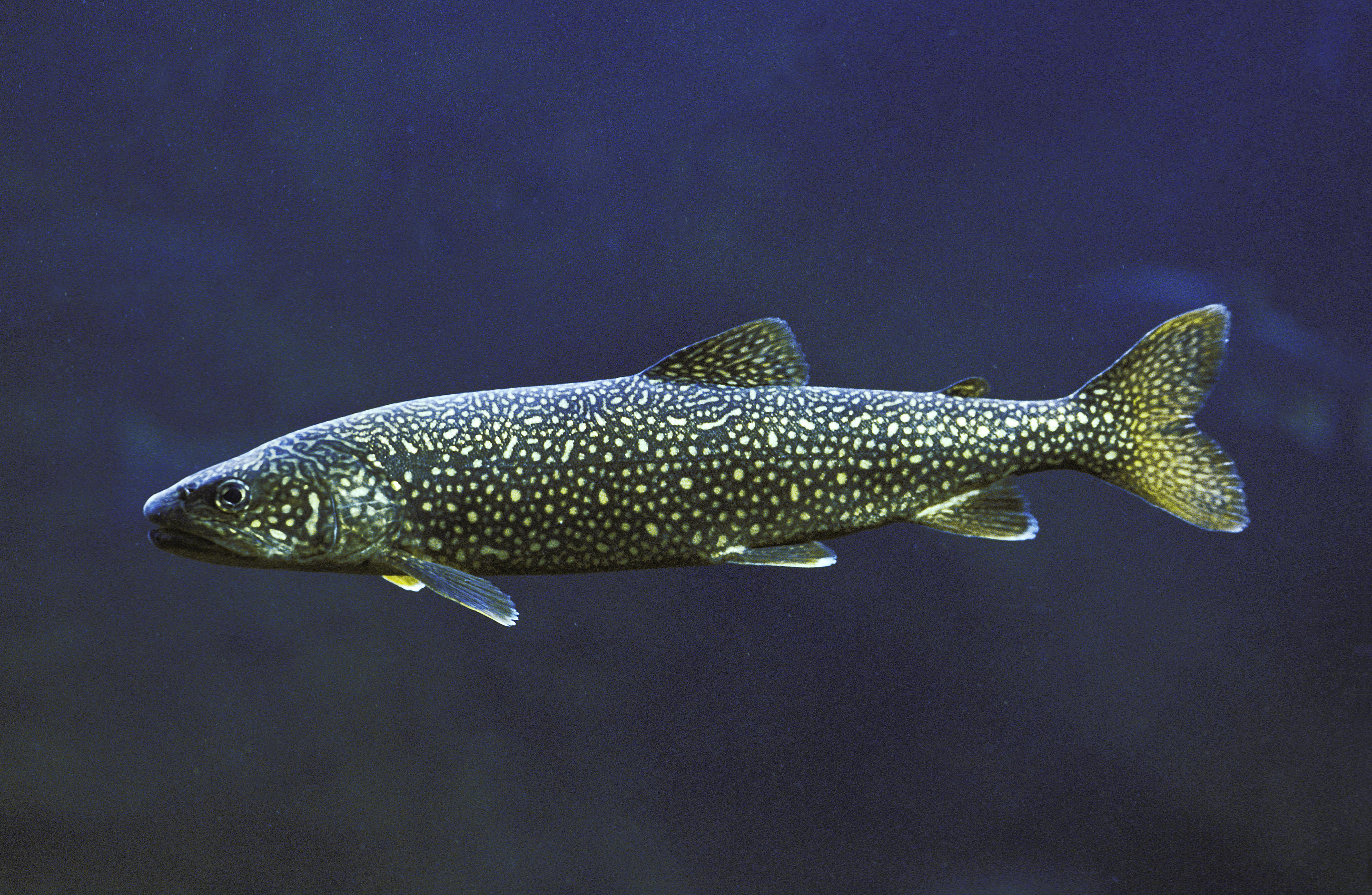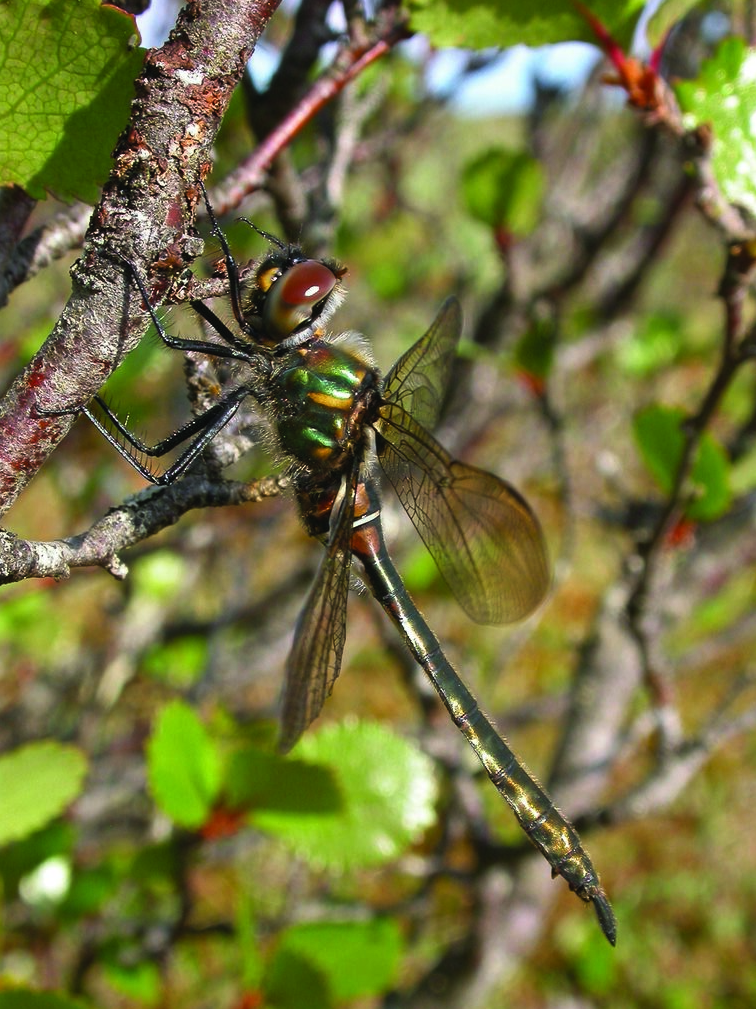Learn about New Brunswick wetland species this World Wetlands Day
World Wetlands Day recognizes the important role the diverse ecosystems of wetlands play in climate change mitigation, helping to curb the impacts of floods and droughts. From saltwater marshes and estuaries to vernal pools and floodplains, the wetlands of New Brunswick harbour diverse animal and plant species. These include species that are part of J.D. Irving, Limited’s Conservation Program.
Yellow-spotted salamander

These fascinating creatures, known as "mole" salamanders, spend most of their lives in upland areas but rely on water during the early stages of their life cycle. As part of the Conservation Program, more than 150 amphibian sites in Maine, Nova Scotia and New Brunswick are being actively conserved to support the longevity of this species, which can live up to 20 years under the right conditions.
Lake trout

Ayers Lake in central New Brunswick is home to a self-sustaining population of lake trout, making it one of only 10 such populations in the province. These trout, North America's largest species, thrive in the deep, cool waters of Ayers Lake. J.D. Irving, Limited has committed to conserving this lake since 1996, and this is especially significant because it sits on the southern edge of the species’ North American distribution.
Muskeg Emerald Dragonfly

New Brunswick's first sighting of the Muskeg Emerald Dragonfly occurred in 1998, and it has since become a part of the Conservation Program. This dragonfly, which primarily inhabits wetlands high in sphagnum moss, plays a crucial role in controlling mosquito larvae, tadpoles, aquatic insects and small fish populations. It is capable of consuming its own weight in invertebrates in just 30 minutes.
Learn more about how the working forest contributes to biodiversity at nbworkingforests.com.